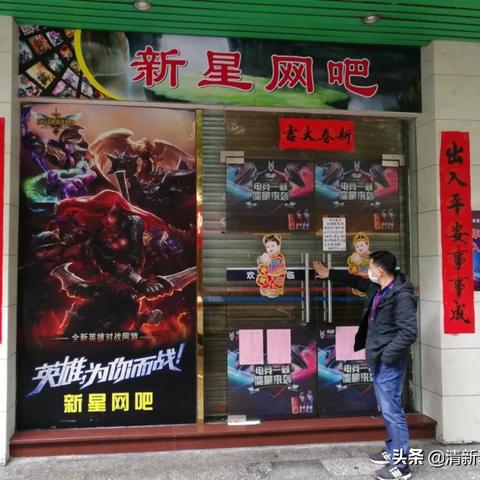Introduction
The retail landscape is evolving at an unprecedented pace, with the emergence of new consumer behaviors and technological advancements reshaping the way goods are bought and sold. In this dynamic environment, 2025 is set to be a pivotal year for the retail industry, especially between the即时零售 and traditional supermarkets. The official support for the new 2025 strategy, known as the 'New Australian Daily Six Open', highlights the prime focus on fostering growth through both traditional and innovative retail models. This detailed discourse will examine the competing forces of即时零售爆发 (sudden burst of instant retail) and the萎缩 (shrinkage) of traditional supermarkets, analyzing how they will interact to form the retail landscape of the near future.
Official Support for the 2025 Agenda
The Australian government's support is instrumental in the development of a robust retail ecosystem. Recognizing the importance of keeping pace with global trends, official policies are being introduced to support new business models, particularly those in the即时零售 (instant retail) sector. Through subsidies, tax incentives, and regulatory stability, the government aims to bolster innovation and create a favorable environment for small and large enterprises alike to thrive in 2025.
Understanding Instant Retail
即时零售, translated as instant retail, is a model that leverages online platforms and modern supply chain networks to provide consumers with an immediate, convenient, and personalized shopping experience. Driven by e-commerce platforms and mobile applications, the instant retail model has seen significant growth over the past decade, becoming a staple for consumers demanding quick and hassle-free purchases. This type of instantaneous commerce can include everything from instant online shopping to next-day delivery and even same-day delivery, catering to the modern consumer's need for immediate gratification.
Impact of Instant Retail on Traditional Supermarkets
Against the backdrop of instant retail's growth, traditional supermarkets are facing unprecedented challenges. The萎缩 (shrinkage) of these brick-and-mortar stores can be attributed to several factors, including increased competition from online retailers, evolving consumer expectations for convenience, and the rising cost of maintaining physical stores. Supermarkets must adapt to a new reality where instant retail is no longer an outlier but a genuine competitor.
The 'New Australian Daily Six Open' - Policy Implications
The 'New Australian Daily Six Open' strategy, formally supported by the government, proposes a six-pronged approach to enhance retail performance and ensure that both instant retail and traditional supermarkets have a fair shot at success in 2025. The strategy includes:
1. Enhancing interconnectivity in supply chains to support instant retail needs. 2. Streamlining legislative and regulatory frameworks to ease the operational burden on supermarkets. 3. Fostering collateral growth in sectors supporting retail, such as logistics and manufacturing. 4. Encouraging technological innovation to facilitate customer engagement across retail platforms. 5. Strengthening urban infrastructure to accommodate the logistical demands of both instant retail and traditional stores. 6. Investing in training and education to bridge the skills gap within the retail workforce.
Adaptation Strategies for Traditional Supermarkets
To survive the萎缩 (shrinkage), traditional supermarkets need to adopt new business practices that leverage both offline and online channels. This includes:
1. Expanding their online presence and integrating their digital and physical shopping experiences. 2. Offering competitive pricing and promotions to match those of instant retail options. 3. Implementing efficient loyalty programs that drive customer retention and encourage repeat purchases. 4. Innovating in-store experiences to lure customers back into brick-and-mortar locations. 5. Partnering with instant retail platforms to leverage their distribution networks for cross-channel selling.
The Role of Technology
Technology plays a crucial role in the growth of即时零售 (instant retail). From enhanced data analytics to improve personalized marketing to advances in warehouse management systems and delivery logistics, technology is the driving force behind instant retail's seamless fulfillment. Traditional supermarkets can also harness technology to improve their competitiveness by adopting:
1. AI-powered inventory management to optimize stock levels and reduce waste. 2. Google-powered customer segmentation to tailor marketing efforts and personalize promotions. 3. Mobile app technologies to create a frictionless self-checkout experience, enhancing customer satisfaction.
Market Opportunities Amidst the Rise of Instant Retail
Despite the challenges, the rise of即时零售 (instant retail) opens numerous opportunities for growth. Companies that can effectively merge online convenience with the tangible benefits of physical stores stand to benefit the most. Partnerships with local businesses, specialized services, and the creation of niche market segments are just a few of the pathways to capitalizing on this trend.
Conclusion - The Retail Landscape of 2025
In conclusion, the trajectory of 2025's零售 industry is set to be defined by the interplay between即时零售爆发 (sudden burst of instant retail) and the response of traditional supermarkets to their萎缩 (shrinkage). With official support in the form of the 'New Australian Daily Six Open' policy, a balanced approach can be achieved, ensuring that retail thrives across all fronts. By embracing innovation, investing in technology, and delivering exceptional customer experiences, the retail sector can adapt to the demands of a rapidly evolving marketplace.














 琼ICP备2023003230号-1
琼ICP备2023003230号-1
还没有评论,来说两句吧...